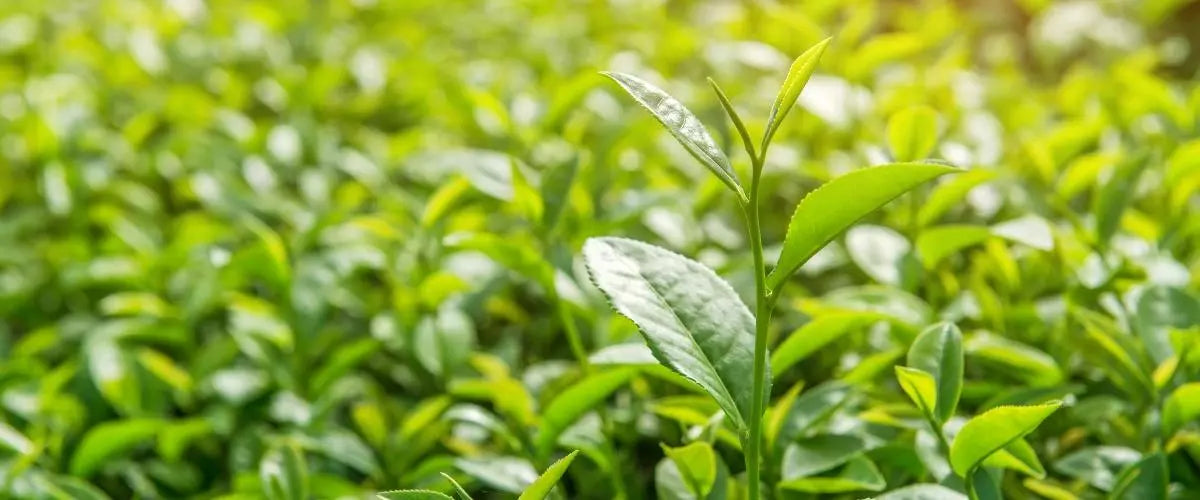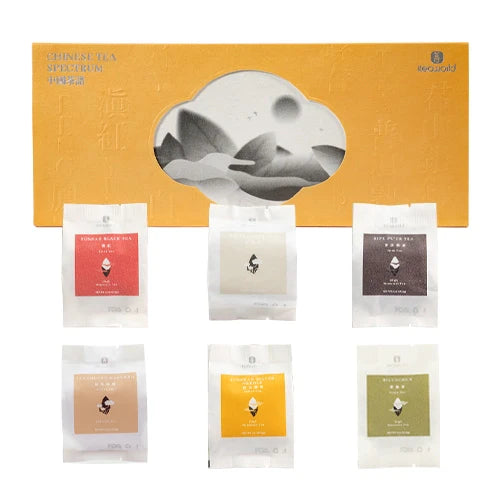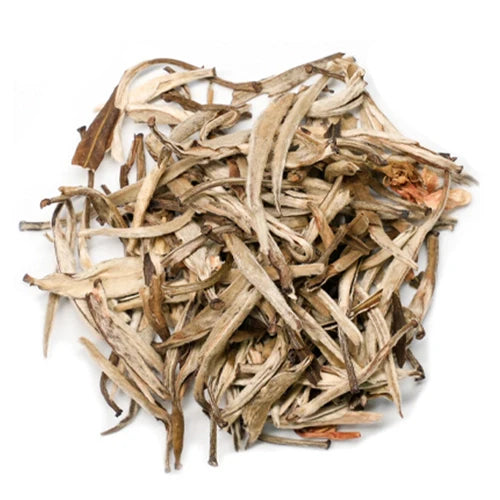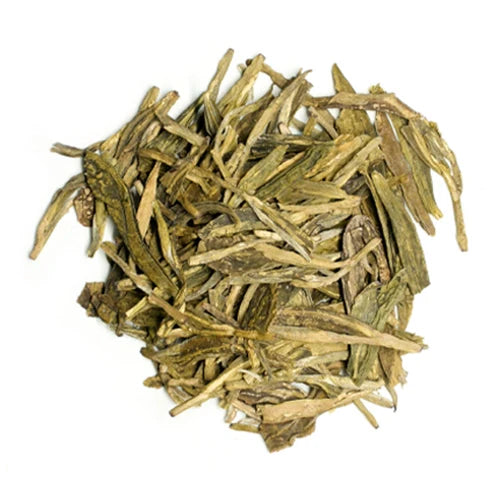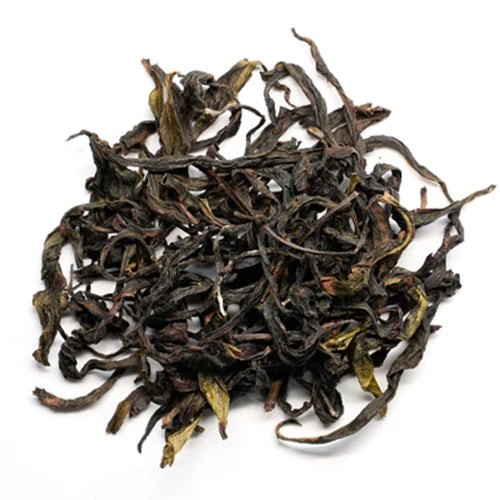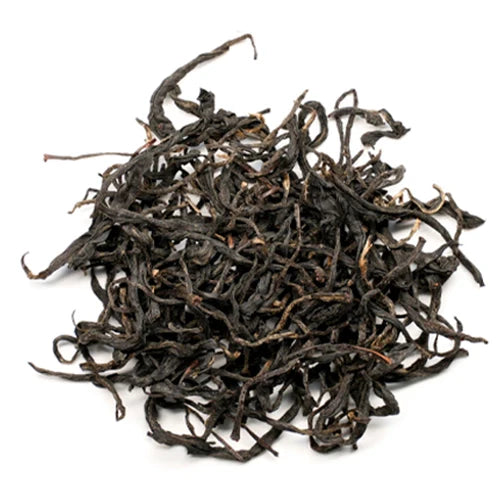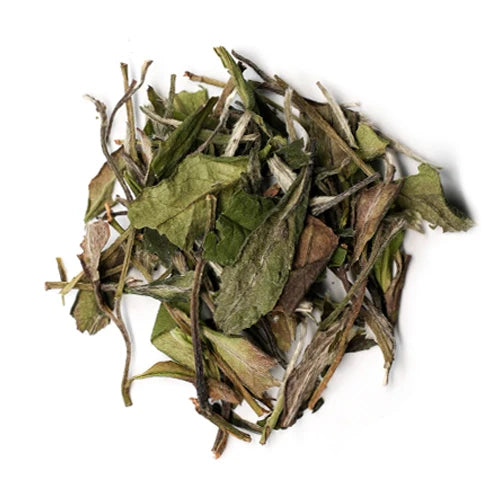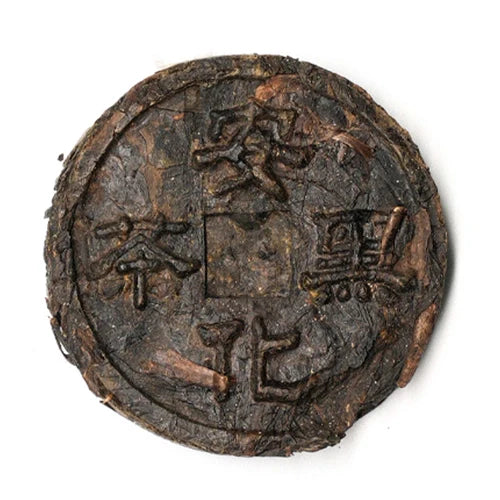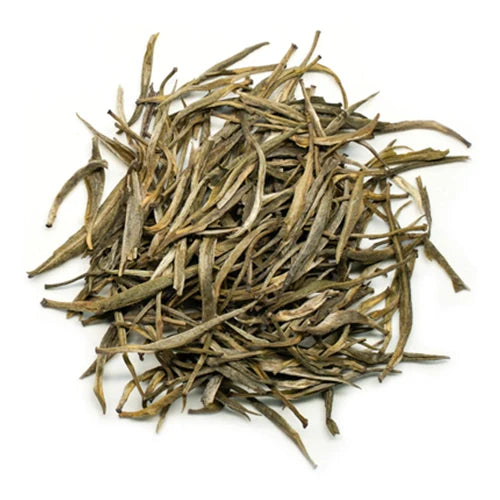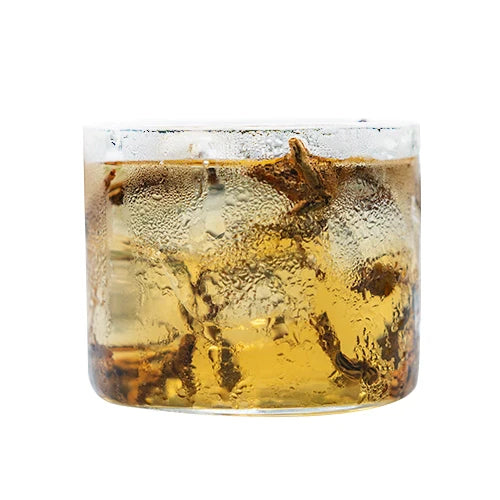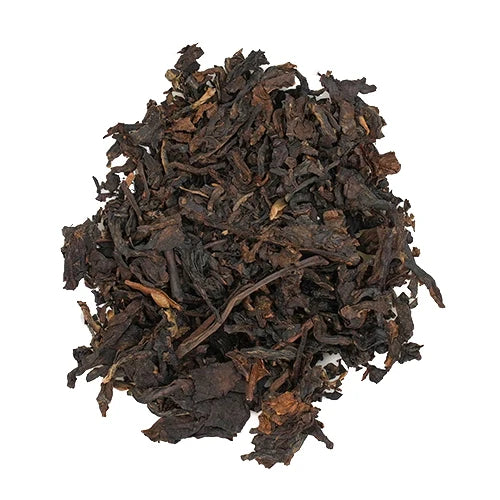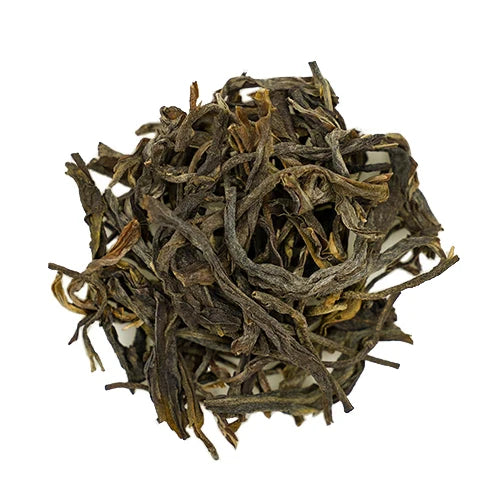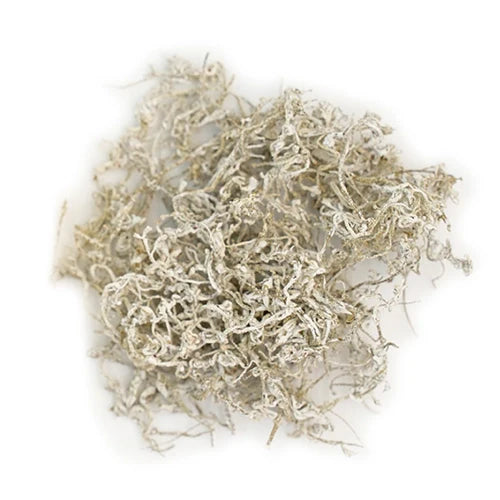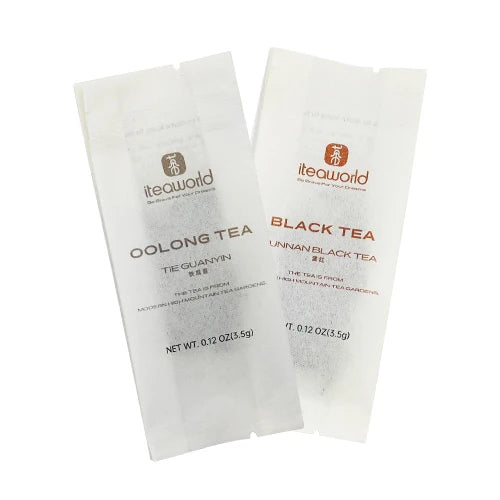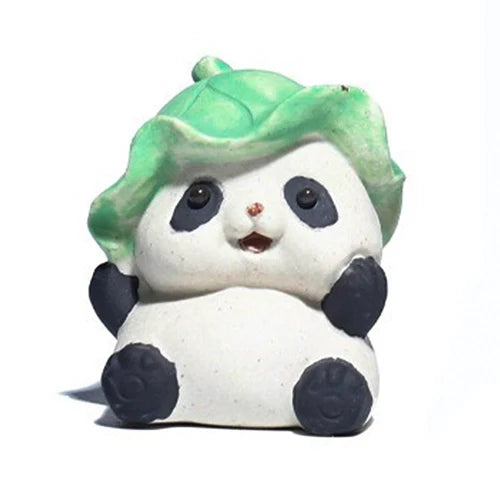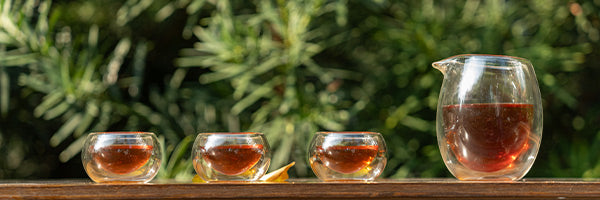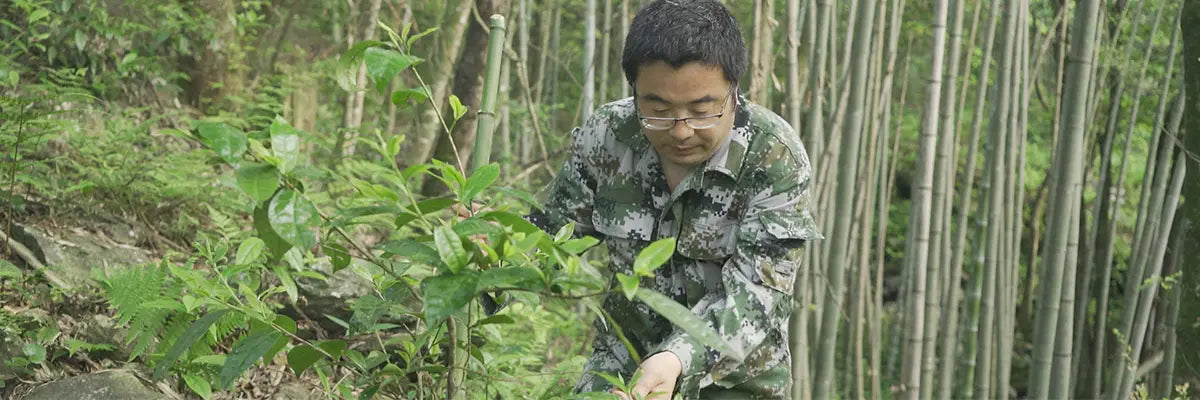What is black tea?
Black tea is known for its high oxidation level (70%~90%) and warm red-colored tea soup. It has a rich and delicate taste, often with a hint of sweetness.

The earliest black teas can be traced back to the Song Dynasty (960-1279 AD) in China. Today, there are many Chinese black tea varieties, such as Lapsang Souchong, Yunnan black tea and Jin Jun Mei. Additionally, there are other varieties worldwide, including Assam Black Tea, Darjeeling Black Tea, and Earl Grey.
What is dark tea?
The distinctive feature of dark tea comes from its unique post-fermentation process. Post-fermentation refers to the process of piling tea leaves that have undergone withering and rolling, along with appropriate temperature and humidity, allowing the tea leaves to ferment under the action of microorganisms.
I'm curious, why do black tea and dark tea have such similar names?
One theory suggests that historically, the first black tea Westerners encountered was China's Lapsang Souchong. When people saw the dark color of Lapsang Souchong's dry leaves, they began calling this loose leaf tea “black tea." If translated according to the Chinese name “红茶 (hóngchá)", the appropriate English name would be “red tea." However, the English name "black tea" persisted over time, and there was no intention to change it.

Dark tea reached Europe and other regions later than black tea. When people considered translating dark tea according to its Chinese name “黑茶 (hēichá)," they found that the word "black" which accurately conveys the meaning “黑(hēi)" was already in use. What to do? Fortunately, there was also the word “dark." And that's how the English name for dark tea was settled upon.
The Difference in Taste and Aroma Between Black Tea and Dark Tea

For those who enjoy a mellow tea taste, besides black tea and dark tea, oolong tea is also worth trying. Many highly regarded best oolong tea, such as Oriental Beauty and Da Hong Pao, offer a mellow taste while showcasing the characteristic high fragrance of loose leaf oolong tea.

The Difference in Production Regions Between Black Tea and Dark Tea
Dark tea is primarily produced in China. Among them, Yunnan Province in China is a major producer of ripe Pu-erh tea. In addition to Yunnan, there are locally famous dark tea production areas in Hunan, Hubei, Guangxi, and other regions of China. It can be fascinating to explore dark teas from different regions using a tea sampler to compare their characteristics.
Black Tea Recommendations
1. Lapsang Souchong
The traditional version of Lapsang Souchong has a reddish-brown dry leaf appearance, a deep red liquor color, a mellow and lingering taste, and a unique smoky flavor. Because of this smoky flavor, Lapsang Souchong is highly acclaimed and considered one of the best loose leaf tea. The smoky flavor comes from the traditional Lapsang Souchong's unique pine wood smoking process.

2. Yunnan Black Tea (Dian Hong)
The dry leaves of Dian Hong are reddish-brown with golden tips. The tea soup of Yunnan Black Tea is bright red, with a rich taste and noticeable sweetness, often accompanied by notes of sweetness, honey, and sweet potato aroma.
25% Off All Oolong Teas, 50% Off Green Teas, and Exclusive Free Gifts, end on Dec 1.
Bring home authentic Chinese tea and share the warmth this holiday season.

Dark Tea Recommendations
1. Ripe Pu-erh

2. Liu Bao Tea
Liu Bao Tea is renowned for its characteristics of being "red, strong, aged, and mellow." It has a deep red liquor color, a thick and aged aroma, and a sweet and mellow taste. High-quality Liu Bao Tea carries aromas of pine smoke and betel nut. Tea gift sets containing Liu Bao Tea are excellent choices as healthy and delicious gifts for family and friends.

In general, apart from their similar names, black tea and red tea are quite different in many aspects, making them two distinctly characteristic types of tea.
I hope this article helps you gain a better understanding of Chinese tea and know how to choose your favorite teas.





